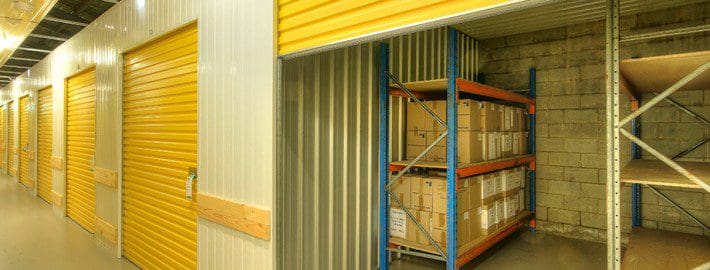Tips for coffee storage
Calling all the coffee lovers out there… I may know a thing or two about self storage but I work in a busy office with people who love coffee. Most of them rely on their morning coffee to kick start their day so I decided to educate myself on how to store coffee beans to keep them fresh for every cup. After some research, I found some of my favourite essential tips on coffee storage.
Coffee Storage locations
Coffee beans are picked from plants and then processed. Once roasted, they have a short shelf life, but correct coffee bean storage will extend it. Coffee beans start to lose freshness as soon as you open the bag. Store your coffee beans in an airtight container suitable for the quantity of your coffee beans unless the bag is resealable. If you reuse a container, make sure you clean and dry it properly to ensure there is no moisture or lasting smells that may affect the quality of your coffee. Purchase your coffee beans in smaller amounts, more often to ensure your coffee stays fresh.
Coffee storage you should avoid
You should avoid storing your coffee beans in the fridge. Moisture inside your fridge will kill the flavour of the coffee bean. There are conflicting opinions about freezing coffee beans. The air in the freezer is dry, not moist. According to Kevin Sinnott who is a nationally recognized coffee expert in America, freezing coffee beans is a good way of maintaining freshness. He also states “If you do freeze the beans, make sure they are in a freezer-safe bag. And when it comes time to grind the beans, put them directly in the grinder, do not defrost them.”
It is advised that you do not store your coffee beans in direct sunlight or locations particularly warm like near your oven or microwave. This will help to avoid the loss of their natural oils and flavours.
Hint: Cool, dark and dry places like your pantry or cupboards are ideal for coffee storage.
Whole Bean vs Ground coffee storage
Coffee beans start to oxidize as soon as they are grinded which will affect the flavour of each coffee. If you are lucky to have a grinder at home, grind your coffee beans only when you need. Coffee beans will eventually go stale so you should consume them within 2-4 weeks.
Hint: Shiny or oily coffee beans indicate that they are super fresh.
If you prefer convenience and like to save time, ground coffee is the next best thing. It’s advised that you buy a week’s worth at a time to get the best flavour in each cup of brewed coffee.
Learn more at Barista Training
Are you interested in learning more about coffee and perfecting your barista skills? HITsa Industry Training offers an affordable Barista course – Prepare and Serve Espresso Coffee at their newly renovated venue on level one above Store Ur Stuff.
A great tip from HITsa Industry Training professional, Vania – “Store your coffee beans away from strong smelling foods such as onions and garlic”
Did you know, International Coffee Day is on October 1st, 2017?
Further reading on coffee storage, check out these links:
https://www.publicstorage.com/blog/storage/how-to-store-coffee-freshly-brewed-tips/
https://www.thespruce.com/how-to-store-coffee-765325
http://www.thekitchn.com/the-best-way-to-store-coffee-smart-coffee-regular-joes-217503
https://www.theroasterie.com/blog/should-i-buy-ground-coffee-beans-or-whole-coffee-beans/
http://www.seriouscoffee.com/about-us/our-coffee/proper-coffee-storage/


